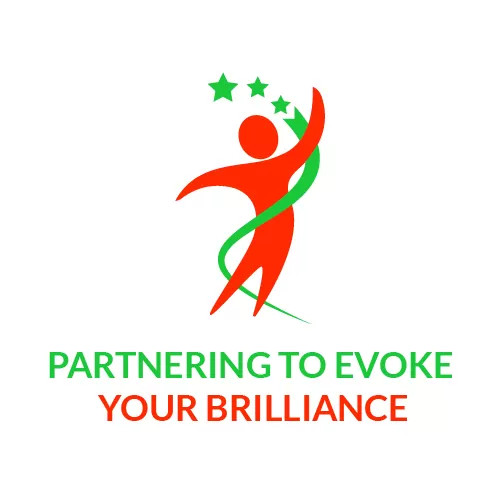BECOMING AN EFFECTIVE TEAM LEADER – The COACHING CONSTELLATION TOOL
- frances-admin
Many managers in organisations get promoted because of their excellent work ethics as well as brilliant output. Organisations see them as talent and want to retain them. one of the ways to retain them is to make them lead a team. However, being a star employee does not necessarily make them awesome leaders. Some of them need hand-holding during this transition phase to enable them to pick up the ropes of being a leader. Some of these leaders do not have a clue as to what could be getting in their way of leading a team. As they are busy leading themselves in their career and work-space, they believe that this should be the modus operandi of the individual the team members too. Unfortunately, this is not the case for many organisations. The team members look toward the leader to provide the extrinsic motivation as well as inspiration. This may sound daunting to the new leader. Hence organisations engage the support of external executive coaches who will partner with these leaders in their transition journey.
Let me share one client-case where I supported a new leader to embrace her role with her team.
Client-Case:
This new leader was excellent in performing cerebral work such as big-data analysis as well process planning. This became one her key strengths for which she was promoted to become the leader of her team. In the process of using her strength, she soon realised that her team was not ‘gel-ling’ together with her. She soon realised that she was operationally excellent however, being a leader to her team was taking a toll on her. She could sense her energy and motivation dwindling day by day. Her team was distancing themselves from her. They were not honoring the tight deadlines of their projects. Things were getting more and more difficult for her to manage. Slowly but surely, she was losing her team.
My client decided to engage an executive coach to support her to understand why she was losing energy as she came to work daily, eventhough she was recognised as a star employee in the organisation.
During the coaching sessions, the coach explored the client’s behavior patterns with her team. The client said that she would plan out the processes with her team, assign work to the team based on her assessment of their levels of competency and then proceed to set tight deadlines around each project. She would be supportive to each team member by having one-on-one meetings where she would give them advice when they raise issues or concerns with her. However, her pattern of behavior tends to change as the deadlines approach. She will then become the taskmaster and keep pushing the team member to complete their task. When the coach asked about her demeanor during this process. The client shared she would be doing a lot of ‘sighing’ and her body language would exhibit lack of trust, disappointment, frustration and worry. She was feeling lost as to how to manage this situation.
During the coaching sessions, the coach shared a tool called the Coaching Constellation Tool. In this activity, the client using some given objects, arranged them and created a ‘living map’ of the system she was in with her team. The arrangement of the objects gave her liberty to bring her work-dynamics to life. The position and direction of the objects, helped her to see what was beyond her and beyond the visible. Via the Coaching Constellation Tool, many of the work-dynamics hidden beneath the presenting issue emerged for her. She gained many ‘a-ha’ moments and new insights. These included her realisation of how important she saw her position; how she used her position to get the outcome she wanted; how she abandoned her team at critical points, etc.
Armed with these insights, she curated new paths to gaining fresh energy for herself. She crafted new strategies such as; stop pushing the team towards the deadlines, start encouraging more collaborative team work; increase the frequency from weekly to daily ‘huddles’, sharing the responsibility of the project with her team member, among others.
Are are experiencing a similar situation? Would be interesting to find out what you did to overcome the situation.
